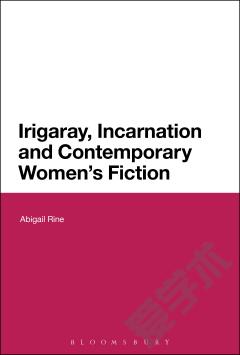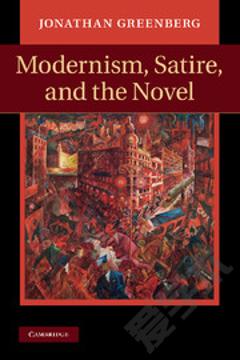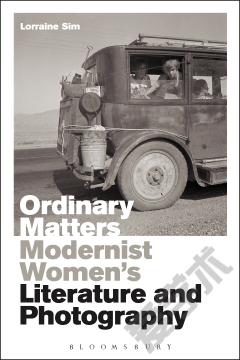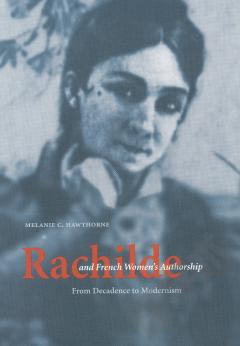Irigaray, Incarnation and Contemporary Women's Fiction
Introduction 1. Refiguring the Sacred: Feminist Religious Revision 1.1 Women's Religious Revision: Critical Perspectives 1.2 Where Literature, Religion, and Feminism Meet 2. Becoming Incarnate: Luce Irigaray on Religion 2.1 Luce Irigaray and the Divine 2.2 Luce Irigaray and Incarnation 2.3 Literature as Incarnated Writing 3. 'In Love With Either/Or': Religion and Oppositional Logic in Margaret Atwood's The Handmaid's Tale 3.1 Opposites that Tear the World Apart 3.2 Bodies and Word(s) 3.3 Chaste Vessels and Unholy Harlots 3.4 The Gilead Within 4. 'Where God Begins': The Female Body and the Divine Word in Michele Roberts' The Book Of Mrs Noah and Impossible Saints 4.1 'The Word that Structures Difference' 4.2 Subjecting the Flesh 4.3 Self-Incarnation 4.4 Rejection, Revision, Renewal 5. 'Your Father Who is Tender Like a Furnace': Divinity, Violence and Female Masochism in A.L. Kennedy's Original Bliss 5.1 Helen and the Apple 5.2 'How do I pleasure?' 5.3 The 'Palpable Gift' of God's Judgment 5.4 Coming to Our Senses 6. 'Sucked into the Black Cloth': Religion, Race and Sexual Shame in Alice Walker's By The Light of My Father's Smile 6.1 Religion as an Imperialist Force 6.2 The Wound of Sexual Shame 6.3 Walker's Womanist Spirit 6.4 The Lie that Unravelled the World Bibliography Index
{{comment.content}}








 京公网安备 11010802027623号
京公网安备 11010802027623号